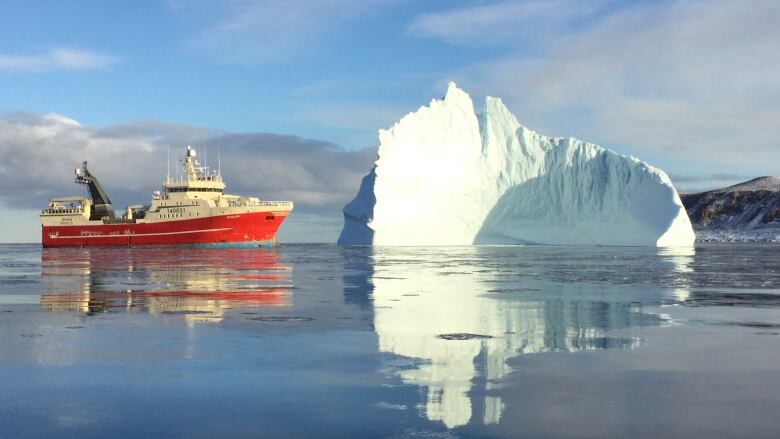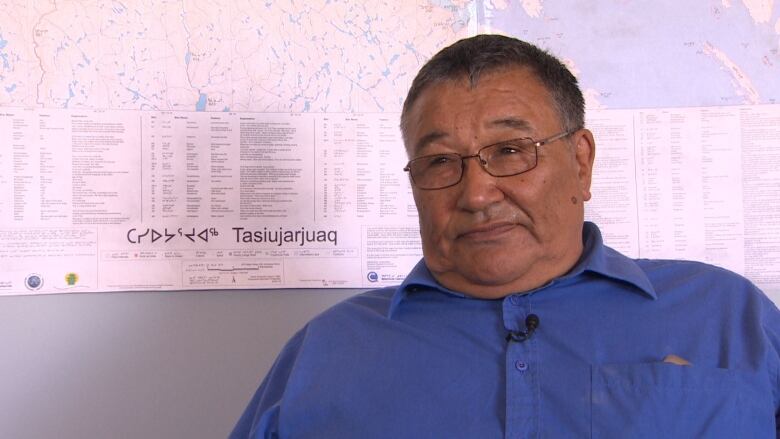Nunavut fishermen keeping close eye on potential Labrador shrimp cuts
More pressing is Nunavut's current share of shrimp stocks in adjacent waters, says Baffin Fisheries Coalition

Fishermen in Nunavut say while they're not immediately worried about areview into cutting Northern shrimp quotas, they are keeping a close eye on it.
Quotas are expected to be cut with shrimp stock on the decline, and last week Nunavut Senator Dennis Patterson called onFisheries and Oceans Minister Dominic Leblanc to consider Nunavut's position when applying and reviewing the "last in first out" (LIFO) policy.
But fishermen in Nunavut say the current review into Northern shrimp quotas isn't looking to make cuts in Nunavut's fishing areas zones zero, one, two and three but rather in areas further south around Newfoundland and Labrador.
Still, it could set a precedent. And if there comes a time where cuts need to be made in Nunavut-adjacent waters, leaders hope Nunavut's regulatory bodies will step in to help the industry.
"Hopefully the [Nunavut Wildlife Management Board] and [Nunavut Tunngavik Inc.] would have a good talk about it before anything happens, and hopefully the [department of fisheries and oceans] will follow what these organizations want," said Methuselah Kunuk, the vice president of the Baffin Fisheries Coalition.
"Hopefully [they] are strong enough to fight for us."
Current quotas in adjacent watersa more pressing issue
More pressing to Kunuk's organization is Nunavut's share of shrimp stocks in its adjacent waters which Patterson also raised last week in the Senate.

"We're concerned about [that]," Kunuk said. "That should [be higher]."
This, despite stipulations in the Nunavut Land Claims agreement which says the federal government has a responsibility to give Nunavut special considerations for its share of quotas in its adjacent waters in zones one and two.
But nobody can seem to answer why Nunavut hasn't eclipsed the 40 per cent mark. In an interview, Patterson cited an unfamiliarity within the federal department of fisheries in oceans about stipulations within the Nunavut Land Claims agreement.
Adjacency just one factor
This week in St. Andrews, N.B., where ministers from across Canada gathered for the Canadian Council of Fisheries and Aquaculture Ministers' meetings, MinisterLeblanc touched on the issue.
"The adjacency principle is one of the factors all governments look at when allocating or making decisions around fish allocations. It's obviously important because we recognize coastal communities that often depend on many of these fisheries," Leblanc said.
He also acknowledged the "critical role" played by Nunavutinstitutions, including the management boards, noting that the land claim agreement offers "a model of sustainable development."
Leblanc highlighted the need for infrastructure investments, specifically ports in some communities, and said he looks forward to working with Nunavut's new environment minister, Joe Savikataaq, who takes over the portfolio today.












_(720p).jpg)


 OFFICIAL HD MUSIC VIDEO.jpg)
.jpg)



























































































